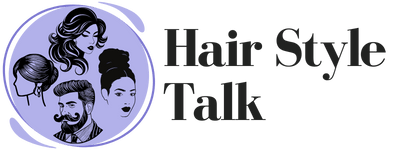Curls don’t play by the rules—so why should your haircut?
One wrong snip and your bouncy spirals turn into a puffball of confusion.
But the right cut? It’s pure magic.
Shape, definition, volume—it all comes together like your curls were born for the spotlight.
This isn’t about taming your texture.
It’s about letting those coils live their best life.
Whether you’re after effortless wash-and-go or sculpted perfection,
some cuts lift curls to greatness—others drag them down.
We’re diving into the best of both worlds:
10 cuts that make curls pop, and 10 that fall flat.
If you’ve ever walked out of the salon wondering what went wrong,
this guide is your curl-saving blueprint.
The Shag Cut
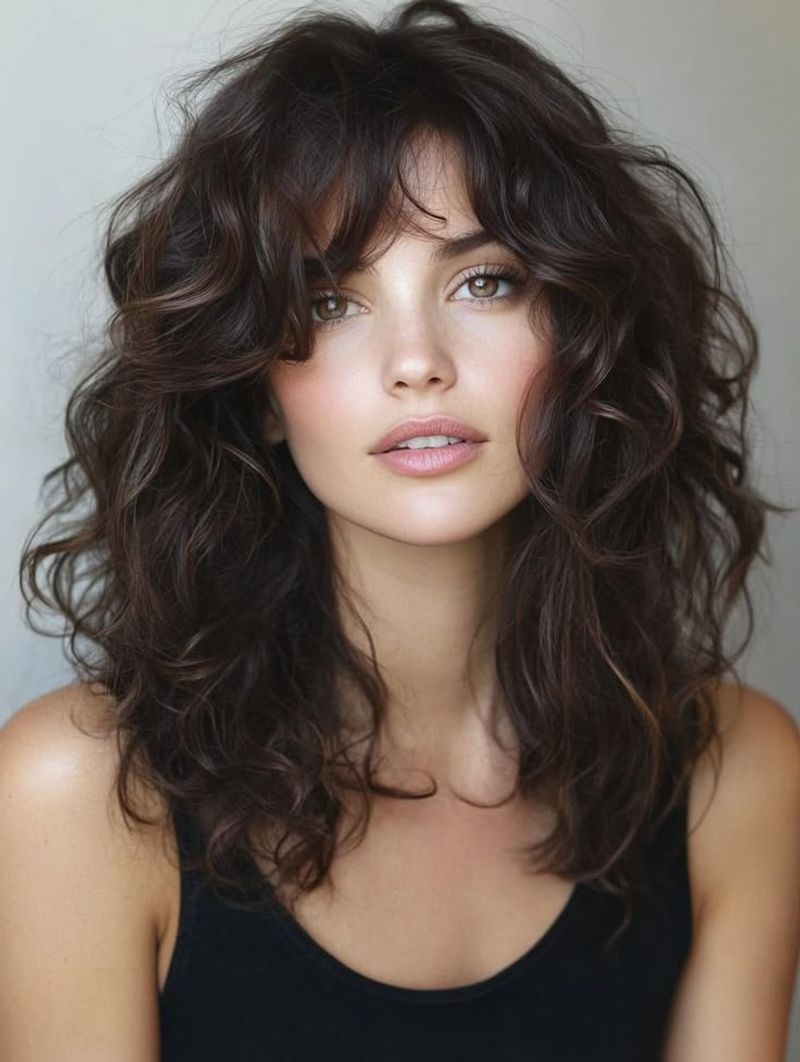
The shag cut is making a remarkable comeback, especially popular among those with natural curls.
Its layered design allows curls to fall naturally, creating volume without overwhelming the face. This haircut embraces the natural texture, providing both bounce and movement.
One of its most appealing aspects is the low maintenance required, making it ideal for individuals with busy lifestyles.
The shag cut’s playful look is perfect for anyone looking to give their curls a lively, dynamic appearance.
Fun fact: Originally popularized in the 1970s, this style was known for its rock-and-roll flair.
The Pixie Cut

The pixie cut offers a bold, yet stylish option for those with curly hair. Its short length emphasizes the natural shape of curls, creating a modern and elegant look. The pixie cut’s charm lies in its versatility, easily styled for both casual and formal occasions.
Although it requires regular trims to maintain its shape, the ease of styling makes up for it. This cut is perfect for confident individuals ready to embrace their curls in a chic way.
Curious note: The pixie cut became iconic thanks to stars like Audrey Hepburn in the 1950s.
Long Layers
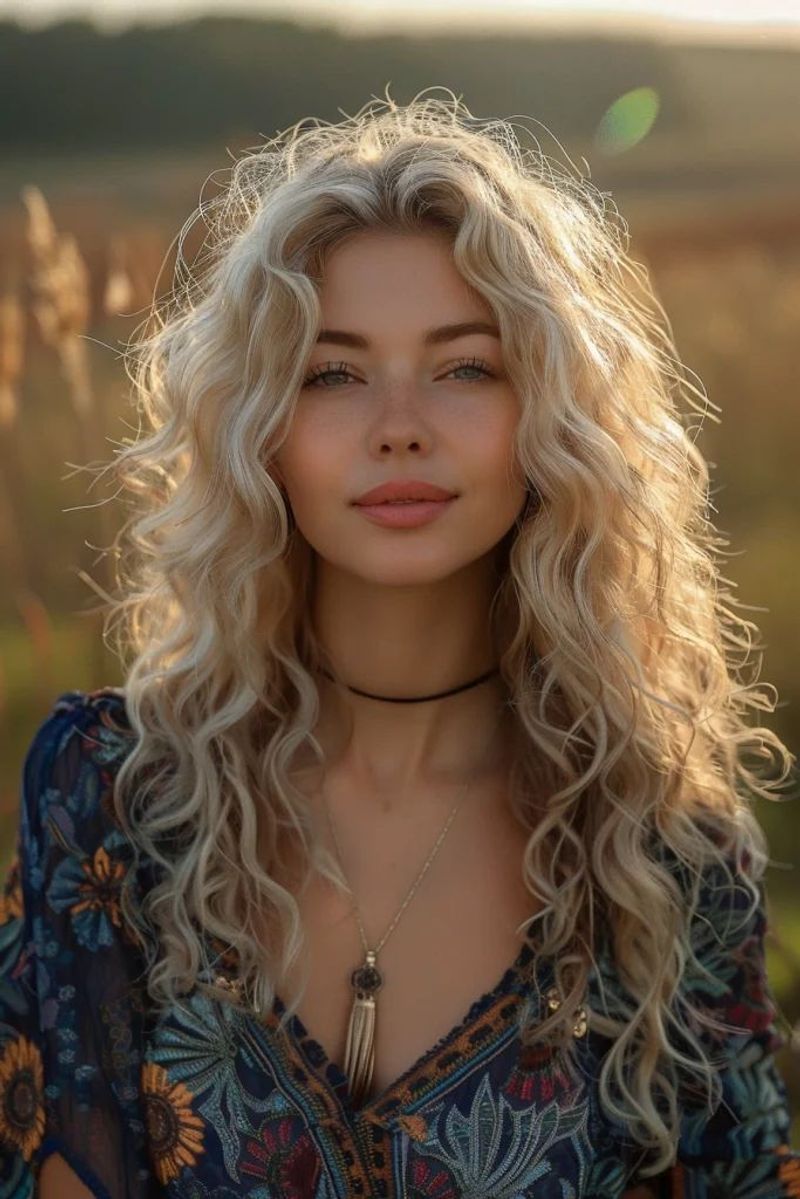
Long layers are a timeless choice that works beautifully with natural curls.
These layers help distribute the volume evenly, preventing a heavy look at the ends while maintaining length. This style enhances the natural curl pattern, allowing each curl to shine.
With long layers, styling options are abundant, from elegant updos to flowing waves. This haircut suits those who love to play with different looks while maintaining their hair’s natural beauty.
Did you know? Long layers gained popularity in the 1990s and remain a favorite for their flattering effect.
The Bob with Bangs

A bob with bangs adds a fun twist to traditional curly hairstyles. This cut frames the face nicely, with bangs tailored to suit individual curl patterns.
The result? A balanced look that complements facial features while enhancing curl texture.
Maintaining the bob’s shape requires some effort, but the chic payoff is worth it. This style is great for those who enjoy a playful yet sophisticated look.
Interesting tidbit: Bobs with bangs were a major trend in the Roaring Twenties, symbolizing modernity and freedom.
Deva Cut
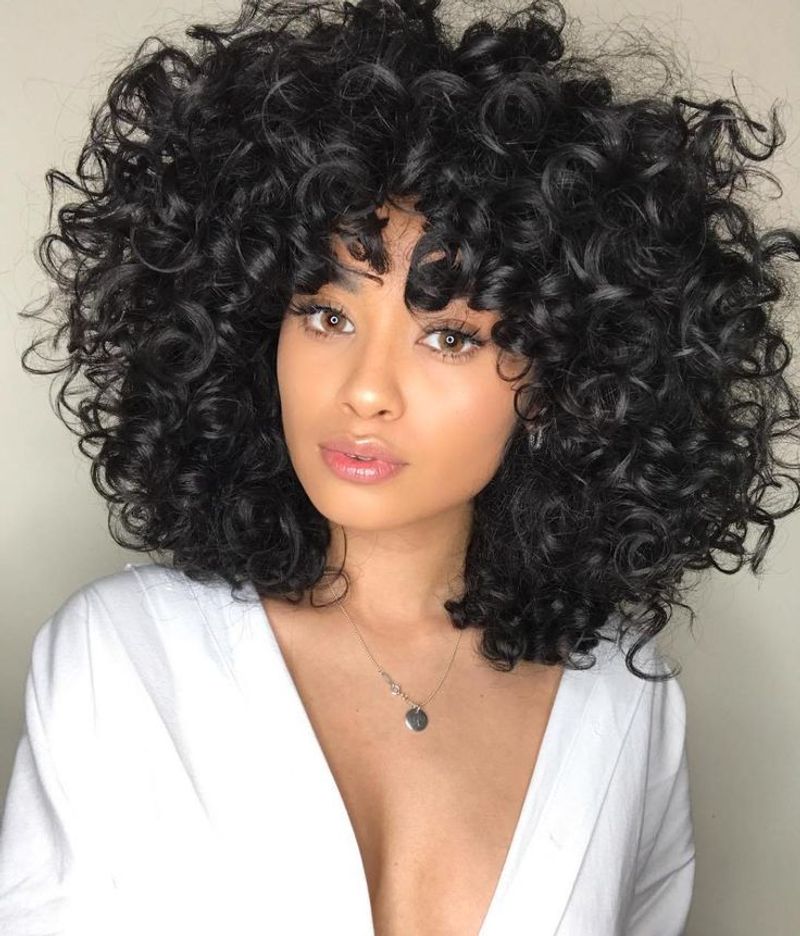
The Deva Cut is specifically designed for curly hair, focusing on sculpting each curl individually. This technique celebrates the uniqueness of each curl pattern, offering a tailored style that enhances natural beauty.
One of the main advantages of the Deva Cut is its ability to reduce frizz while maximizing volume and definition. Ideal for those who wish to showcase their curls’ full potential.
Fun fact: The Deva Cut was developed at the Devachan Salon in New York, specifically for curly-haired clients.
Curly Lob

The curly lob, or long bob, is a trendy choice for those who cherish their curls. This cut is characterized by its length, falling just above the shoulders, and accentuates the natural bounce of curls.
The lob is versatile, allowing for various styling options, from polished looks to tousled waves. Its balance of length and volume suits many face shapes, making it a popular choice.
Did you know? The term “lob” was coined in the 2010s as a response to the classic bob, offering more length and flexibility.
Asymmetrical Cut
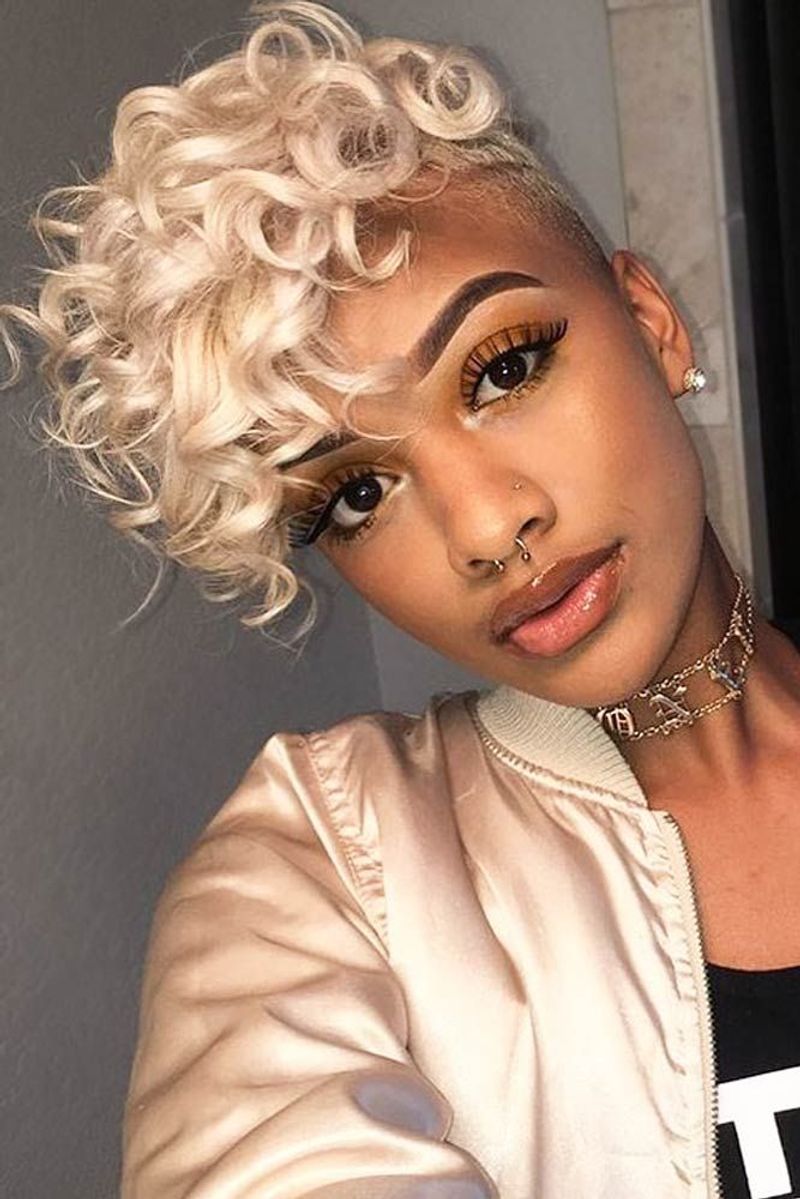
The asymmetrical cut is a daring choice that brings out the playful side of curly hair. With one side longer than the other, this style creates a unique silhouette, perfect for adventurous spirits.
The cut adds an element of surprise and creativity, allowing for individual expression. It’s an ideal option for those looking to break away from traditional styles and make a statement with their curls.
Fun fact: Asymmetrical cuts have been a favorite among fashion-forward individuals since the 1980s, symbolizing individuality and style.
Bantu Knots
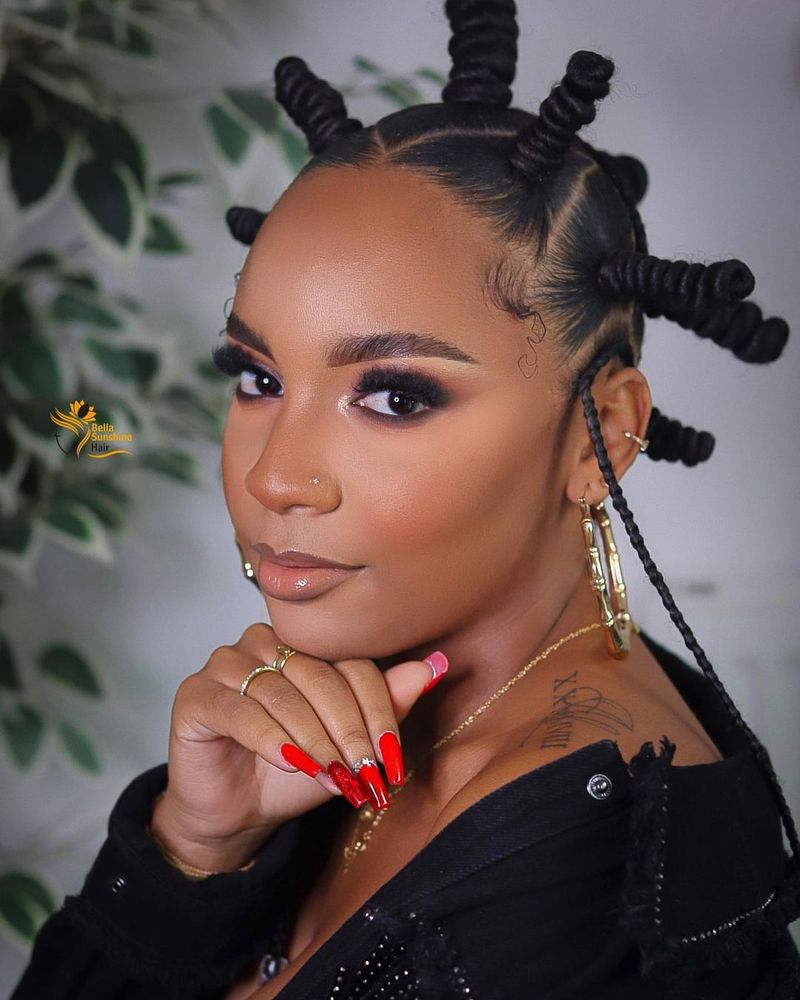
Bantu knots are both a hairstyle and a cultural symbol, offering a unique way to style curly hair. The hair is sectioned and twisted into small knots, creating a striking, textured appearance.
This style not only protects curls but also adds a vibrant touch to any look. Bantu knots are perfect for those wanting to embrace their heritage and showcase their curls in a creative way.
Intriguing detail: Bantu knots have roots in African traditions, celebrating cultural identity and pride.
Curly Undercut
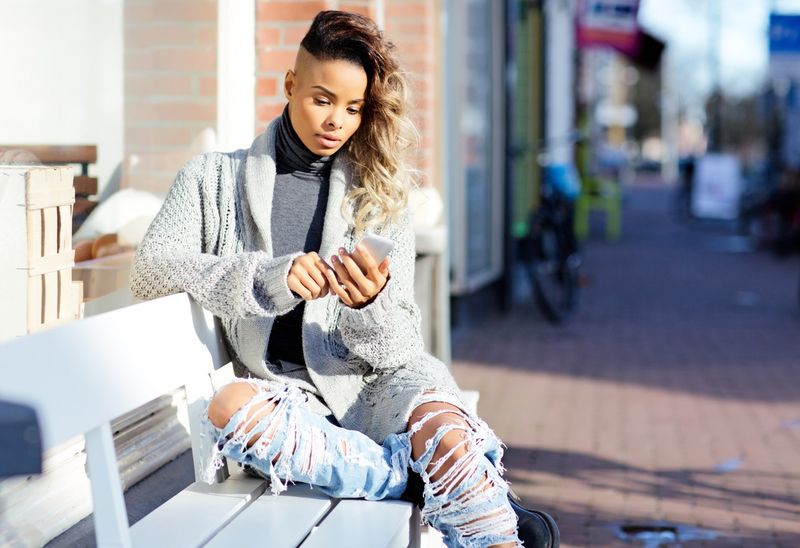
The curly undercut is a bold style that combines the edginess of an undercut with the softness of curls. Shaving or trimming the sides while leaving the top full of curls creates a striking contrast.
This cut is perfect for those who want to stand out and enjoy the best of both worlds. Though it requires regular upkeep, the distinctive look makes it worthwhile.
Did you know? The undercut has historical roots, with versions appearing in the early 20th century among young men in urban areas.
Curly Mohawk
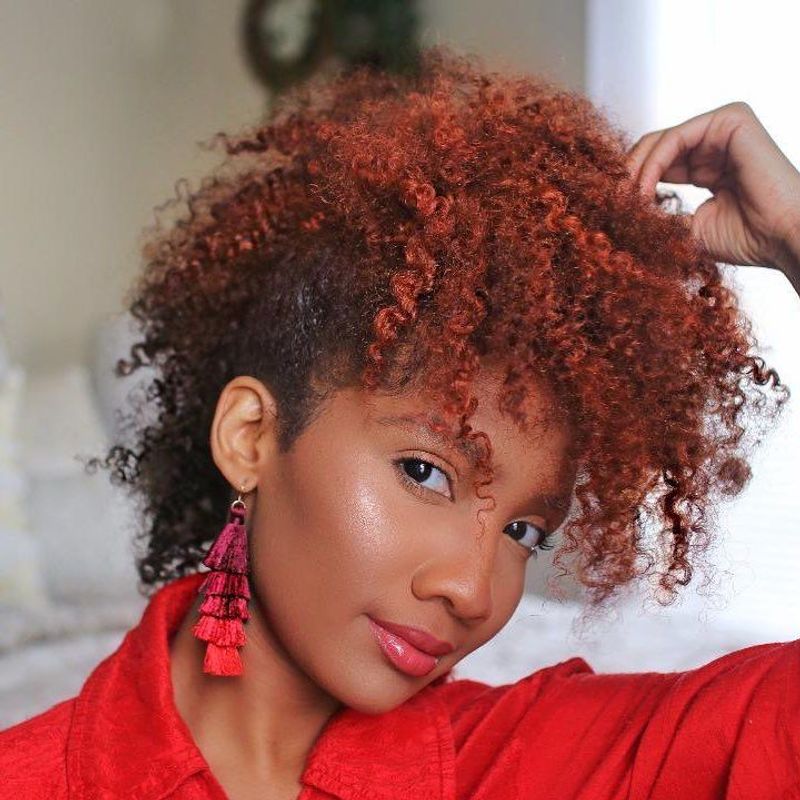
The curly mohawk offers a bold expression of personality, blending the classic mohawk with loose, natural curls.
This style features shaved or closely cropped sides with vibrant curls running down the center.
Ideal for those who love making a statement, the curly mohawk exudes confidence and flair. It requires regular maintenance to keep the shape, but its eye-catching result is worth the effort.
Fascinating fact: The mohawk has roots in Native American culture and was later popularized by punk rock in the 1970s and 80s.
Blunt Cut
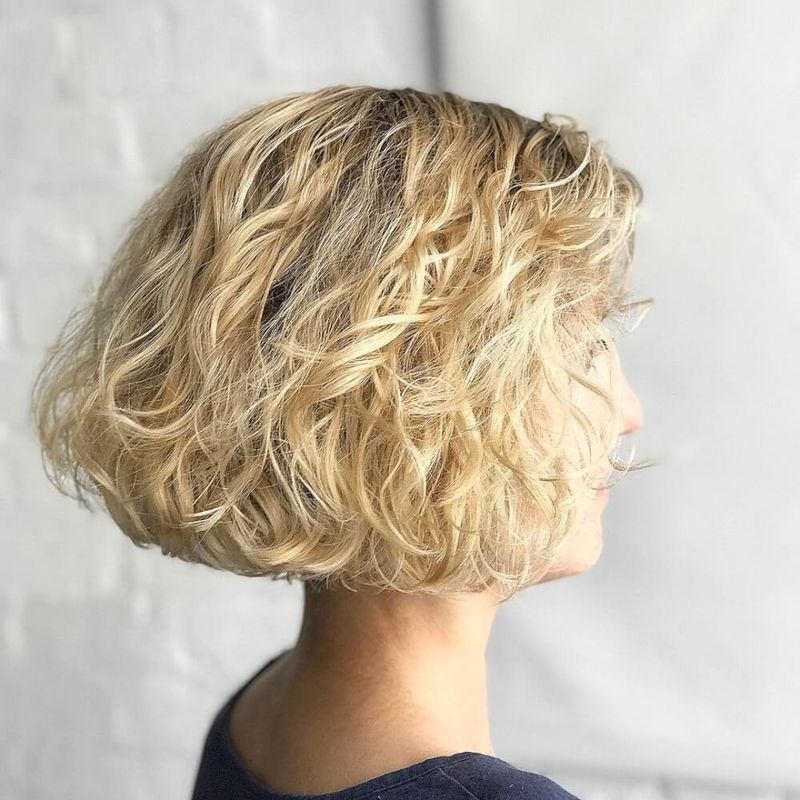
While the blunt cut might work wonders for straight hair, it’s often not the best match for natural curls. Its straight-across cut can lead to a pyramid shape, overwhelming the face and making curls look bulky.
This style can also flatten curls, creating a less dynamic appearance. Those seeking to maintain the natural bounce of their curls might find better options in layered cuts.
Fun observation: Blunt cuts, known for their precision, became popular in the 1960s with Vidal Sassoon’s innovative styles.
Straight Across Bangs

Straight across bangs can be challenging for those with curly hair. The drastic change from curls to straight bangs can disrupt the overall harmony of the hairstyle, leading to a disconnected appearance.
Managing such bangs often requires daily styling to prevent frizz and maintain structure. For a more cohesive look, curly bangs that blend with the rest of the hair are often recommended.
Interesting tidbit: This bang style was a hallmark of the 1950s, gracing many Hollywood icons.
The Mullet

The mullet, while iconic, can create an uneven distribution of volume for curly hair. With its short front and long back, it often results in an unbalanced look that doesn’t always flatter natural curls.
For those seeking a balanced style, the mullet might not be the ideal choice. Other cuts can offer a more harmonious appearance.
Did you know? The mullet gained fame in the 1980s, often associated with rock stars and rebels of the era.
One-Length Cut

The one-length cut might not be the best option for curls, as it can lead to a heavy and triangular shape. Without layers to distribute the volume, curls can appear weighed down and lack movement.
This style might require more effort to maintain the desired shape and manage the natural curl pattern. For those seeking a dynamic look, styles with layers might be more suitable.
Historical note: The one-length cut gained popularity in the 1990s for its sleek, minimalist appeal.
Short Spiky Cut

Short spiky cuts often clash with natural curls, as the texture doesn’t lend itself well to the sharp, defined spikes of this style. The attempt to create spikes can lead to unruly curls, requiring excessive styling products.
For those with curly hair, embracing the natural shape and choosing styles that enhance the curls may yield more satisfying results.
Fun fact: Spiky hairstyles became a sensation in the early 2000s, embodying an edgy, rebellious spirit.
Bowl Cut

The bowl cut, while playful, often leads to an awkward silhouette for curly hair. Its uniform length can create a mushroom-like appearance, lacking the structure that curls thrive on.
Without layers, the bowl cut can make curls seem bulky and uniform, rather than vibrant and dynamic. For more definition, layered and asymmetrical cuts might be preferred.
Did you know? The bowl cut has roots in medieval Europe, where it was a common, practical style for children and peasants.
Buzz Cut
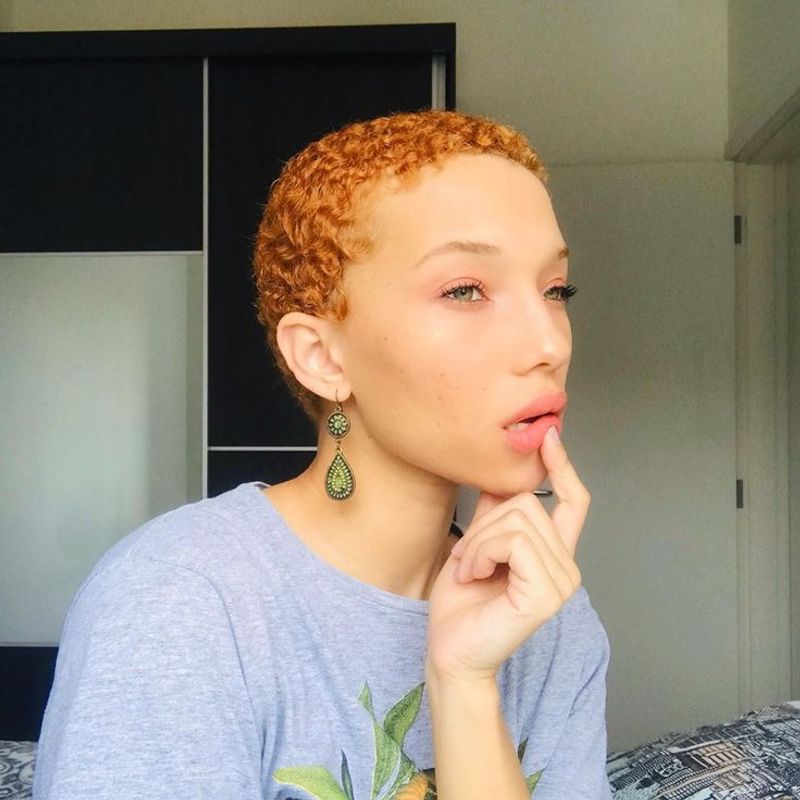
The buzz cut nearly eliminates the presence of curls, leading to a uniform texture that might not suit everyone seeking to celebrate their curls.
While it offers ease and low maintenance, it strips away the unique character of curly hair.
Those who love their curls might seek styles that maintain some length, allowing their natural beauty to shine.
Intriguing fact: Buzz cuts have been a staple in military grooming since World War II, known for their practicality and clean lines.
Short Blunt Fringe
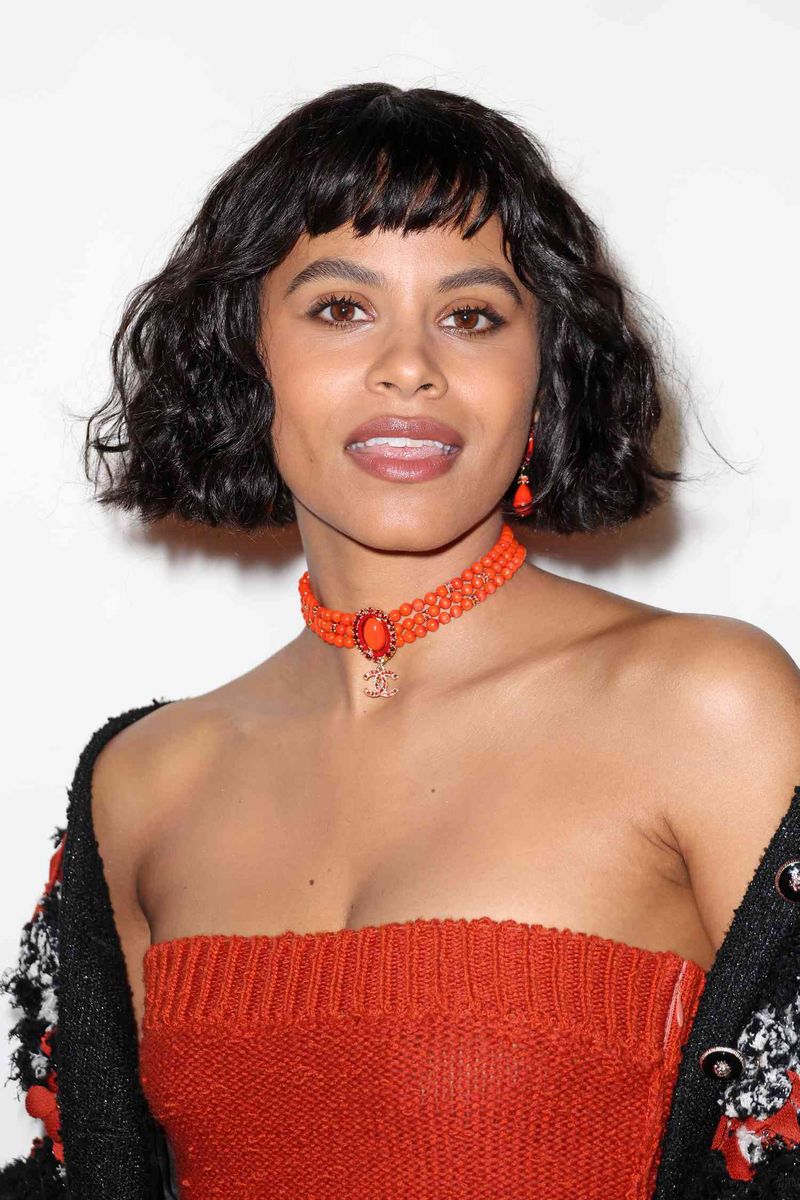
A short blunt fringe on curly hair can be tricky to manage, often clashing with the natural curl pattern. This style requires frequent styling to maintain the straight fringe, which might disrupt the harmonious look of curls.
For those embracing their curls, a longer, blended fringe might offer a more complementary option.
Fun fact: Short blunt fringes became a trend in the 1960s, capturing the mod style of that era.
Flat Top
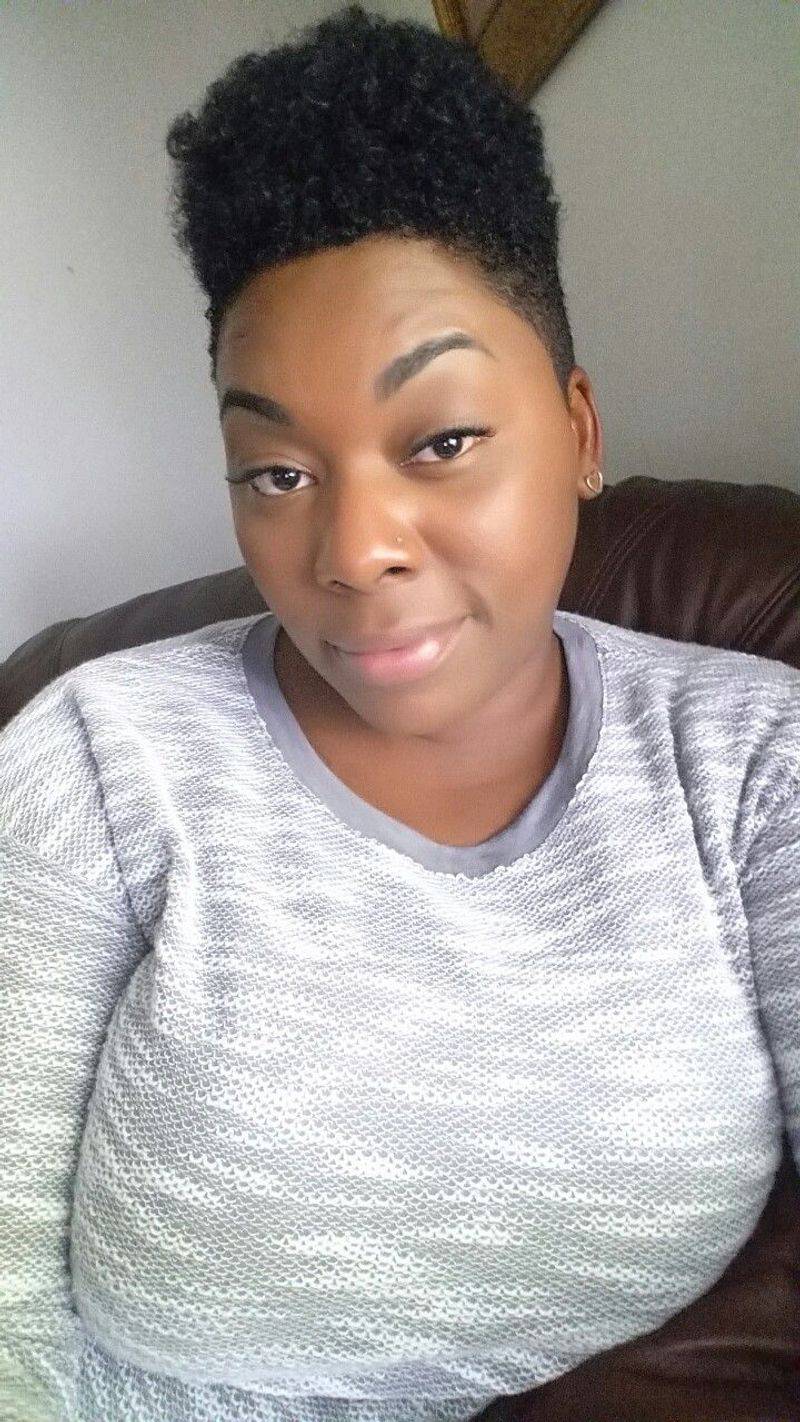
The flat top, though iconic in some subcultures, often doesn’t suit the natural pattern of curls. Its structure requires straight edges, which can be difficult to achieve and maintain with curly hair.
Those with curls might find more flattering options in styles that embrace volume and natural shape.
Historical note: The flat top rose to fame in the 1980s hip-hop scene, symbolizing creativity and individuality.
Straightened Lob

Straightening a lob can remove the natural vibrancy of curls, resulting in a style that lacks the volume and texture curls provide. The process of straightening can also cause damage, leading to frizz and split ends.
For those who appreciate their curls, opting for a lob that enhances rather than alters their natural state may be more satisfying.
Did you know? The lob has become a modern classic, favored for its versatile length.
